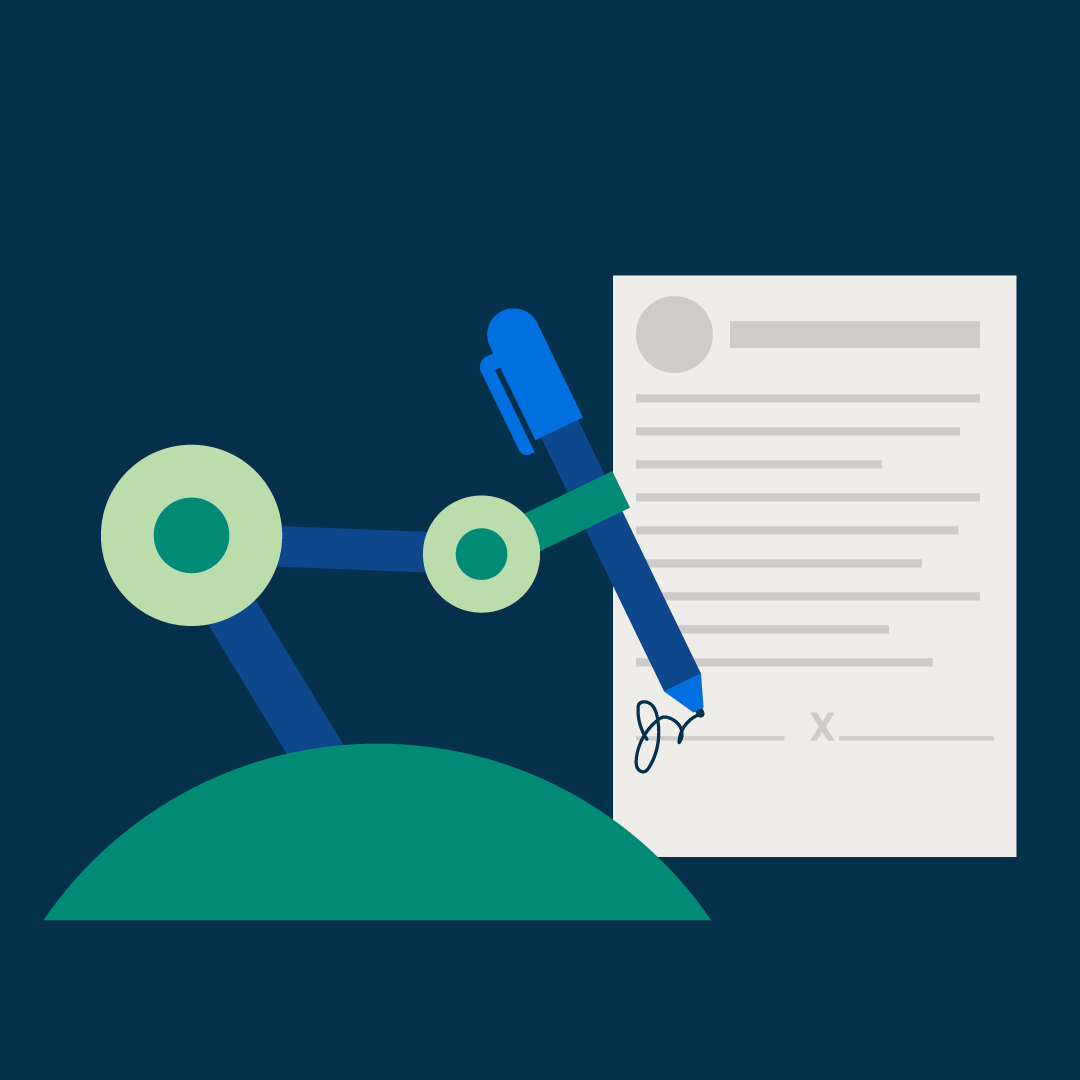Revolutionizing Legal Practice: The Best AI Tools for PI Attorneys
Particular injury methods run on detail, rate, and trust. Cases collection up. Evidence changes hands. Deadlines approach fast. The top platforms for creating detailed injury event timelines can support you reduce through the noise, reduce administrative pull, and focus about what benefits instances: technique and advocacy. In this information, you'll understand just how to apply AI across consumption, investigation, composing, finding, and client service—therefore you can deliver greater outcomes with fewer bottlenecks.

Build a high-converting absorption pipeline
Intake is where you collection the tone. AI-powered forms and triage systems can rating leads based on injury form, location, and potential price, then path competent matters to your team. For firms that receive large call quantity, speech-to-text engineering transforms noted calls in to searchable transcripts within minutes. That makes it easy to validate facts, hole red banners, and develop a clear event overview before the first consult.
Suggestion: Create standardized consumption prompts—date, liability facts, medical therapy up to now, insurance info. Train your AI secretary with this format so every transcript becomes a organized consumption record automatically.
Increase evidence selection and situation building
Time kills price in PI. Use pc perspective to analyze pictures of crash moments or defective items for impact sides, skid marks, or lacking security features. Mix that with OCR to extract data from police reports, medical files, and invoices. With all documents digitized, AI can floor inconsistencies between watch statements and documents, helping you spot causation gaps early.
Case: After adding ER records and imaging studies, set principles to flag terms like previous injury, degenerative, or non-compliant with therapy. Early signals information your technique and customer coaching.
Draft tougher demand plans in less time
Well-structured needs pay dividends. Use AI to put together a chronology from files, determine specials, and insert jurisdiction-specific details from your own short bank. You will then target frustrating factors—pain degrees, missed work, potential care—using client-specific data as opposed to common narratives.
Idea: Construct a checklist for your assistant to validate every connection: billing ledger, CPT rules, evidence of missing wages, pictures, therapy plan. Reliability boosts reliability with adjusters.
Tame finding and deposition prep
Discovery swallows time. Let AI cluster papers by theme—liability, problems, coverage— and auto-summarize extended manufacturing sets. For depositions, generate issue traces linked to papers, with page–range details pulled from transcripts. You stay in get a grip on, while the program handles the heavy lifting.
Example: Give the system prior depo transcripts and question for impeachment options tagged to exhibits. You'll enter the room with targeted lines of pondering ready.
Check deadlines and compliance with full confidence
Missed deadlines are malpractice risk. Calendar automation driven by rule sets can assess response dates, SOLs, and specialist disclosure cutoffs based on processing events. Pair that with attentive tiers—mail at 14 times, SMS at 3 days, app notification day-of—to ensure nothing slips.
Idea: Run a weekly risk report that lists matters with imperfect files, unsigned authorizations, or late company requests. Close holes before they become delays.
Elevate client conversation and pleasure
Clients need clarity. AI-driven message can change legal revisions in to simple language and multilingual summaries. Feeling examination helps you find frustration early and step in with a personal call. Computerized check-ins after key milestones— MRI planned, demand delivered, mediation set—lower inbound position calls and build trust.
Example: After sending a need, routine a client-facing summary explaining timelines, probable next measures, and typical negotiation patterns. Openness decreases nervousness and increases reviews.
Track efficiency to stay forward
Information converts guesses in to strategy. Use AI dashboards to see cycle time from intake to need, normal present vs. settlement by provider, and write-down charges by provider. Spot which spots settle quicker, which adjusters undervalue particular claims, and where bottlenecks occur.
Tip: Set quarterly benchmarks—days to files, time and energy to demand, settlement-to-offer ratios— and allow one's body alert you when metrics drift.

Streamlining a PI exercise is not about exchanging lawyers; it's about removing friction from every thing about the lawyering. Begin by automating one workflow—consumption summaries or demand assembly—then expand to finding and communications. The compounding influence is true: quicker files, cleaner instances, and more time and energy to advocate. If you're ready to update your exercise, map one process nowadays and plug in the AI support to create it effortless.
Comments
Post a Comment